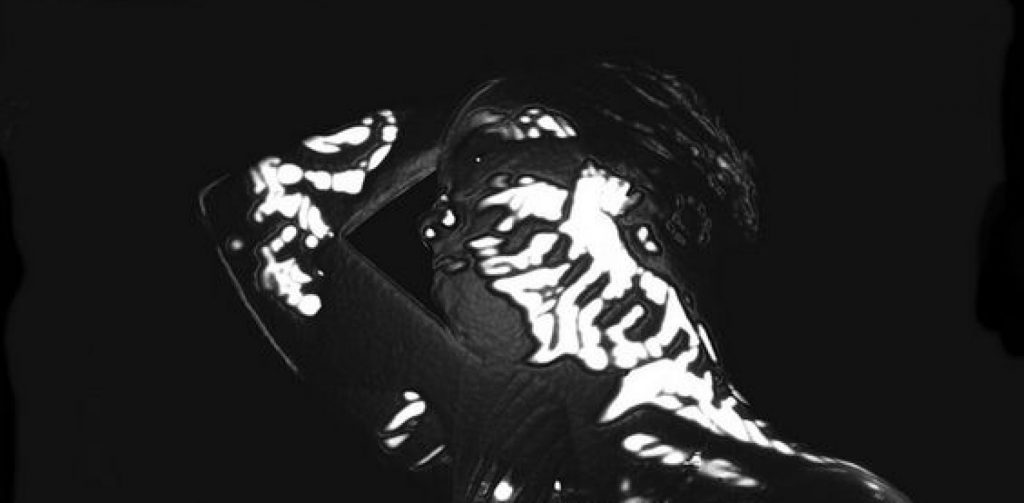I am pretty happy with my first experiments for the soundtrack for the ‘hopeful’ side of the game, and with the ideas for the ‘desolate’ side of the game I wanted to keep the consistency in sound choices and sonic palette. I feel it is important to not have the two moods clash too much as at the end of the day it is background music and should bleed into the environment it is contained in. Making more desolate and sombre music is definitely more in my comfort zone, but I still had the challenge of keeping it cohesive with the games aesthetic.
I have been receiving some updates from my group about the progression of the game design. They have sent me some pictures and videos that show things like the design of the bee, the landscape, and the other animals in the world. This has given me a better sense of how the music might fit into the virtual world, as I feel the aesthetic is giving off a mystical and bright energy, which I used to influence these tracks.



When making these tracks I retained a very similar sonic palette to match with the more hopeful tracks I previously made. However, I shifted the focus onto the synth sounds because I felt they helped create a more sombre ambience. Here’s a video of me in the middle of the process.
https://drive.google.com/file/d/1YWtGwnm4jK70vnCfYGnZZsImO_1AKwlk/view?usp=sharing
